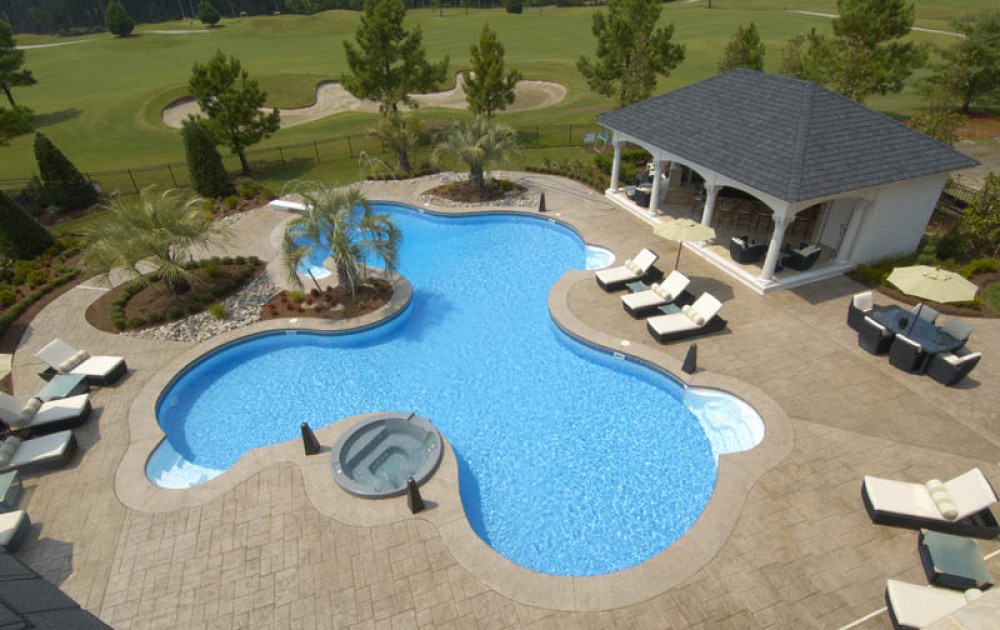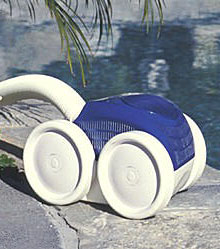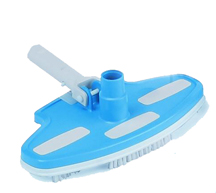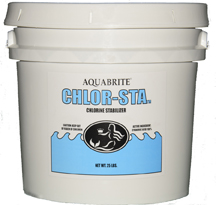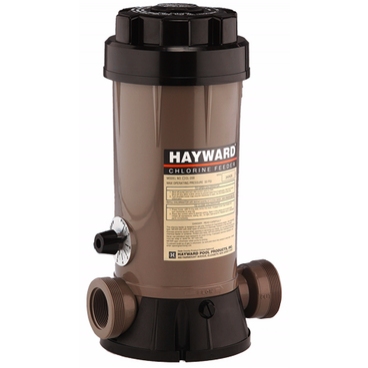 Automatic chlorine feeders are designed to make caring for your pool easier. Don’t confuse and automatic chlorine feeder with a salt generator, while they both do the same thing (add chlorine to the pool water) they use different methods to achieve that end. So for the purposes of this discussion we are not going to discuss salt generators. There are many different types of automatic chlorine feeders; chlorine tablet feeders, liquid chlorine feeders and granular chlorine feeders. The most common type found in residential swimming pools by far is a chlorine tablet feeder. The other two types are most common to commercial pools and our focus here is going to be residential feeders.
Automatic chlorine feeders are designed to make caring for your pool easier. Don’t confuse and automatic chlorine feeder with a salt generator, while they both do the same thing (add chlorine to the pool water) they use different methods to achieve that end. So for the purposes of this discussion we are not going to discuss salt generators. There are many different types of automatic chlorine feeders; chlorine tablet feeders, liquid chlorine feeders and granular chlorine feeders. The most common type found in residential swimming pools by far is a chlorine tablet feeder. The other two types are most common to commercial pools and our focus here is going to be residential feeders.
Some people do not use an automatic chlorine feeder preferring instead to add their chlorine tablets to the skimmer on the side of the pool. While it is convenient to do this, it is fraught with potential problems like equipment damage. When you put a chlorine tablet in the skimmer you are introducing an extremely high level of chlorine directly into your filter system. When I say high level I am talking about levels 50 ppm or higher, this would be 10 times or more higher than the level you would keep in your pool. The problem here is that the equipment in your filtration system is made up of either plastic or metal components, chlorine is a strong oxidizer and very low in pH and will oxidize both metal and plastic. What this means is that the high concentration of chlorine will make all the plastic parts brittle and it will corrode away metal components in the system. The shaft seal on the motor has a metal spring to give the seal the compression it needs to keep water from leaking into the motor. Adding chlorine tablets to the skimmer can cause premature shaft seal failure from the extreme environment you create. If water leaks into the motor it will quickly ruin the bearings in the motor, and in short order you will need a new motor. It will also shorten the life of you skimmer basket and the spring in the multiport valve that you use to backwash the filter, not to mention what the chlorine is doing to the grids inside your DE filter.
When you add your tablets to the skimmer you will find it difficult to control the amount of chlorine in the pool because you don’t have any control over the flow of water through the skimmer. You will end up with either too little, or way to much chlorine in the pool water. Too little chlorine and you will have algae and potential bacteria issues, too much and you are wasting chlorine. Using a automatic chlorine feeder allows you not only to better control the amount of chlorine you are putting into the pool water, but also extends the time between additions of tablets to the feeder.
So the best way to avoid all these issues is to install an automatic chlorine feeder to your system. There are two different styles of automatic chlorine tablet feeders; in-line and off-line feeders. I personally prefer in-line feeders because there are fewer parts to be replaced and as you will recall from the previous paragraph, chlorine is brutal on the plastic components. An in-line feeder is inserted directly into the pipe after the filter and allows the concentrated chlorine to go back into the pool and get diluted before it goes through the system. An off-line feeder connects to the pipe with smaller tubes, one goes into the pipe between the pump and the filter and the other on the pipe after the filter going back to the pool. With this type of feeder about every three or four years you will have to replace the tubing and the fittings that connect the tube to the pipe.
A couple of tips for winterizing a chlorine table feeder; make sure you completely drain the feeder and if it has a drain plug do not reinstall the plug until you are ready to open the pool in the spring. If you winterize the chlorinator and re-install the plug condensation can form inside the feeder and when the temperatures drop below freezing they can freeze and crack the feeder. The other tip is when you winterize the chlorinator remove the cover from the feeder and leave it off the feeder. The reason you want to leave the cover off is that even though there are not any tablets in the feeder there is still a residual of chlorine in the feeder; this small residual will continue to break down into a chlorine gas and it will ruin the o-ring in the lid of the feeder. The o-rings they put on chlorinators are made of Viton rubber, an expensive rubber that is resistant to the effects of chlorine, they generally last about two years but less if you leave them on the chlorinator during the off season.
Well that is it class for Automatic Chlorine feeders, class is dismissed but if you are using chlorine tablets and you don’t have an automatic chlorinator, then your homework is to install a feeder before the next class.
